A Natural Hybrid by Mother Nature
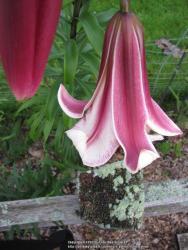
A picture of the most probable parents (2010 file photo)
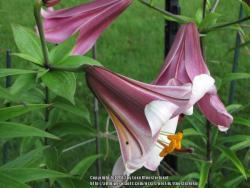
The probable pollen parent on the right, pollen parent on the left. More photos of each 2009-2012.
Pod parent
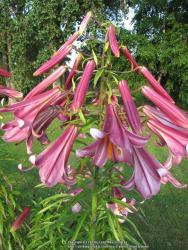

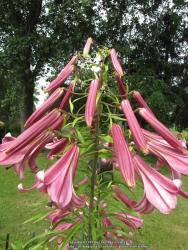
Pollen Parent



There is another (either/or) parent possibility, if potential grandparent's influence is considered but it as a parent is not considered here in this write up


These three plants present the most likely scenario because of close proximity and similar blooming times. With hundreds of other individual Trumpet and Aurelian cultivars in the area, those resultant combinations were not cosidered. So, in this scenario, the assumed pod parent has a high bud count of raceme, pyramidal inflorescence, while the pod parent has a medium bud count of umbel inflorescence. The color and size of the flower greatly favors the pollen parent, while inflorescence favor the pollen parent. I still need to do a leaf and stem evaluation.
An interesting side note is that all three possible parents here were part of that large cardbord box full of live lilies that a friend brought me, having been dug from the yard of an estate sale several years ago. They're three out of about a dozen I eventually selected from the bunch. You may recognize the pollen parent as the one in my Avatar.
It's interesting, almost ironic that this plants first flower (this year) should hang directly over the very post where she was born and only by some twist of fate was not not disgarded after being pulled with a handfull of weeds. I have nicknamed her Lucky Lady
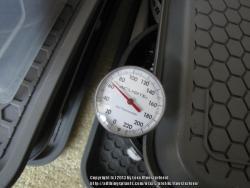

 The probable pollen parent on the right, pollen parent on the left. More photos of each 2009-2012.
The probable pollen parent on the right, pollen parent on the left. More photos of each 2009-2012. 






